All cars on the road are attacked by various threats that can harm their exteriors. Loose rocks from tires, harsh UV rays, and road salts all wear down a vehicle’s paint over time. This article explains how Rock Chip PPF works, its protective features, and why businesses benefit from using it.
What Is Rock Chip Protection Film (PPF)
Rock chip protection film, or PPF, refers to a urethane-based clear or colored paint coating applied on the vehicle’s painted surface to safeguard against physical damage.
Its major purpose is to serve as a sacrificial coating and take in the impact of stone chips, loose stones, salt, and other abrasives.

Most premium PPFs range between 6–10 mils in thickness (150–250 microns), which is substantially stronger than vinyl wraps. With elongation rates over 300% and water contact angles above 105°, these films combine durability with easy cleaning.
At higher speeds, automobiles are subjected to tiny projectiles and surface wear-off. PPF is formulated to take these out and preserve the original finish of the automobile in place. Therefore, PPF is one of the best car paint options.
There are a lot of things you need to know about paint protection film. Let’s get started!
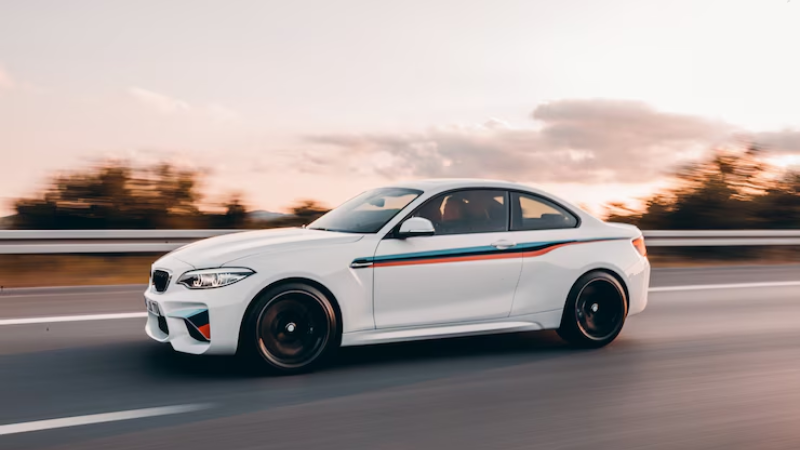
Material and Composition
PPF durability is a result of its multi-layered design. Usually, elastomeric polyurethane in composition, the film is topped with a self-healing top coat, a middle impact-absorbing urethane layer, and a bottom adhesive backing for long-lasting durability.
Some of the high-end PPFs also incorporate UV inhibitors that suppress yellowing and oxidation over the long term and provide long-lasting protection.
Causes of Car Paint Damage

New car paint is designed to withstand many environmental factors, weather, and light scratches.
- Harsh chemicals, abrasive materials, swirl marks, and exposure to weather can damage your car’s paint and lead to fading, deterioration, and lower resale value.
- Bird droppings, tree sap, contaminants, and insects can damage your car’s paint and leave stains and slight scratches.

- Road debris like rocks and road tar can chip and scratch your vehicle’s paint, dulling its appearance and protection.
- The sun’s UV radiation will also discolour and deteriorate paint, so a UV protection film is an item worth paying for.
How PPF Prevents Scratches and Paint Damage
PPF isn’t so much about appearance as it provides a real-world solution to reducing damage from everyday driving.
Scratch Prevention
PPF creates a physical barrier over the paint of the car, fracturing the abrasiveness and pressure of abrasive contact. From keys, brushes, road grit, and even fingernails on door handles, the film absorbs the abuse at the expense of the paint.
Unlike ceramic coating, which only offers chemical resistance, PPF provides effective physical impact resistance. Vinyl wraps change aesthetics but are only 2–4 mils thick, which is less than half the durability of PPF.

Protection from Road Debris
Road-going vehicles and highway-going vehicles regularly encounter loose rubber, tar, and loose stones.
These will create paint chips, which, left unattended, will rust over time. PPF protects the most exposed parts, such as bumpers, hoods, side mirrors, and roofs, from these kinds of damage.
On average, full-car PPF installation costs between $2,000–$7,000 depending on vehicle type and film brand. For fleet vehicles, partial coverage on bumpers and hoods can reduce costs by 40–60% while still preventing most paint damage.
Hence, PPF is very suitable for commercial fleet to save cost and maximize the ROI.
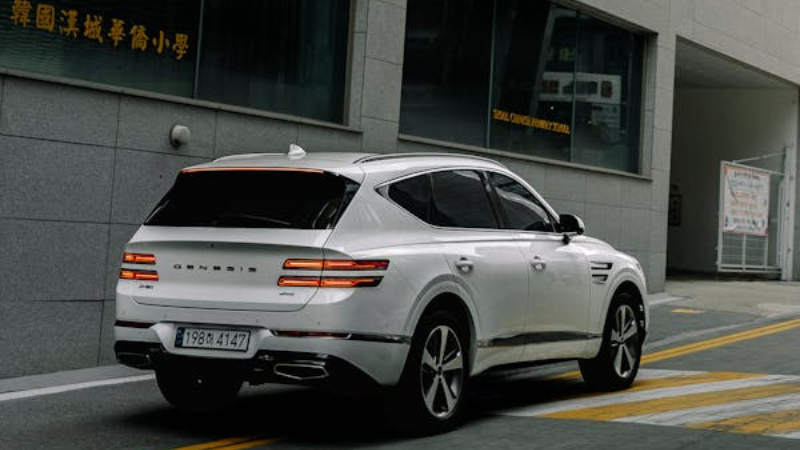
Weather and UV Protection
In addition to physical protection, PPF offers UV protection. With the passage of time, unprotected paint exposed to sunlight becomes oxidised and faded.
In regions with heavy snow and road salt, PPF prevents corrosion caused by salt particles embedding into chipped paint.
In hot climates such as the Middle East, UV-blocking films extend paint life by 2–3 years longer compared to unprotected cars.
Why PPF Can Save You Money in the Long Run
Resprays and paint repairs can be expensive, particularly on luxury cars or fleets.

Cost Saving in Repairs
By avoiding damage initially, PPF eliminates or reduces the need for touch-ups and paint correction. On heavy-use fleet vehicles or show cars, this represents a substantial long-term cost savings for car owners and fleet managers.
The cost of a car wrap for PPF is much lower compared to other coatings and wraps.
Resale Value
Cars with maintained paint are able to sell for a higher resale price. A used van or car with a flawless exterior is more desirable to the buyer, and certificates proving PPF installation are a selling feature.
Ceramic coating provides a similar function, but PPF provides long-term investment. Make sure to check the ceramic coating vs PPF before choosing your option.

Selecting the Correct PPF for Your Vehicle
Not every paint protection film is the same. The correct one to select is influenced by its pros and cons.
Types of PPF
Gloss films provide a smooth, shiny finish, best for most consumer and business applications. Matte films have a satin finish and will work for custom or upscale applications.
Your customer’s aesthetic will be the deciding factor. There are different paint protection film options from which you can choose.
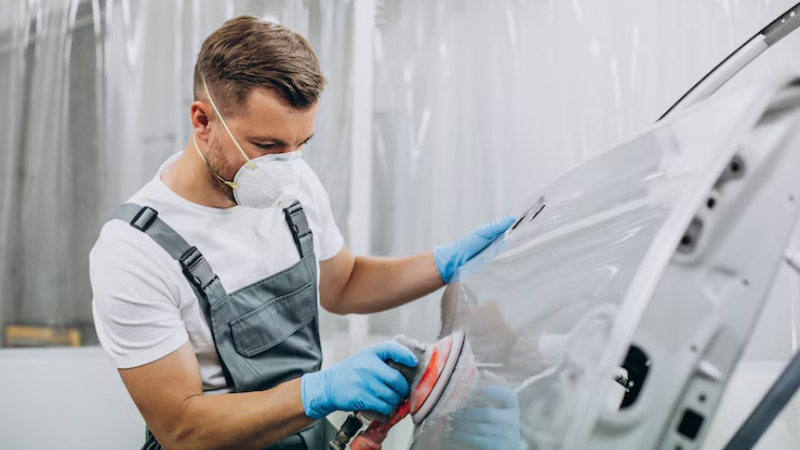
Brand and Quality
Quality counts in PPF. We offer protection films that meet industry standards at CarlikeFilm, which can withstand the long-term and maintain maximum clarity. We offer gloss, matte, and self-healing products that blend beauty with high performance.
Different options cost different. Make sure to go through everything to consider about PPF’s price before applying it.
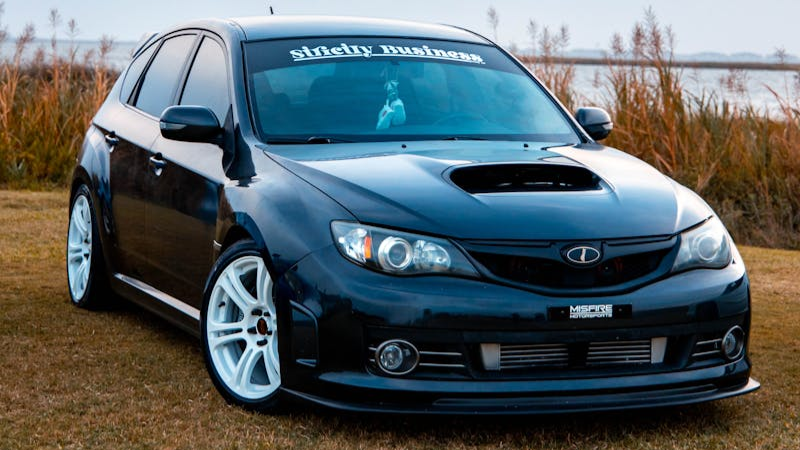
Vehicle-Specific Considerations
Remember the vehicle form and usage. Off-road vehicles like SUVs and trucks require more durable coverage, whereas fleet sedans require UV protection for extensive highway driving.

Your parking condition, climate, and your driving style also determine the proper product choice. PPF for the commercial fleet depends on your customer demands.
Some users prefer car wraps over paint due to a finer and smoother look. It can also enhance the resale value.
Mistakes to Avoid when Applying PPF
Correct and professional installation allows the film to function as intended. Prevent these common mistakes to maximise the use of the material.

Poor Surface Preparation
Not cleaning and decontaminating the paint surface prior to application causes adhesion issues. Clean, clay, and wipe the surface with isopropyl alcohol at all times prior to applying the film.
Incorrect Alignment
Misaligned film causes wrinkles, bubbles, and early lifting. Take the time to align it correctly, particularly around curves and panel edges. Apply a squeegee and heat gun for optimal results.
Neglecting Aftercare
PPF is still maintenance-intensive. Steer clear of high-pressure washes during the first week and wash with pH-neutral cleaners. Regular maintenance prolongs the life of the film and keeps it functioning effectively as a protector.
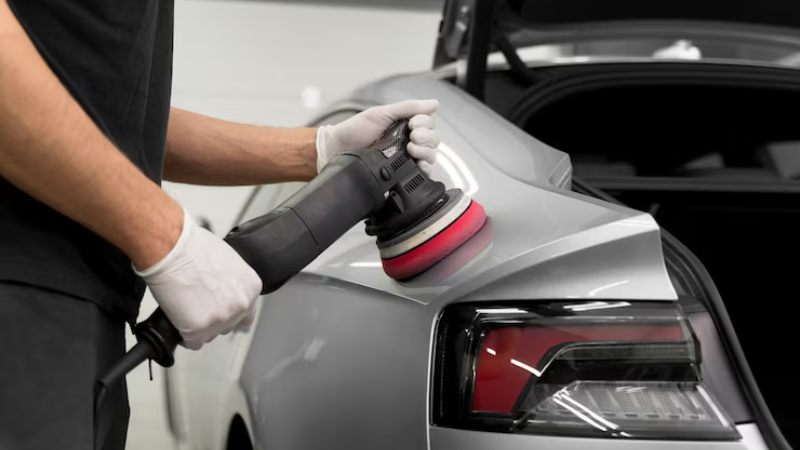
Upkeeping PPF is easy but vital. Clean your car regularly using soft cloths and car wash shampoos. Do not use rough-bristled brushes or sponges that tend to erode the surface cover. For self-healing covers, occasional cleaning with warm water or the sun restores smoothness.
Do not use harsh elements or dye-based waxes since they have the potential to stain or degrade the performance of the film. You can apply ceramic coating over PPF for improved hydrophobicity and easy cleaning.
Not Using the Appropriate Tools
PPF application needs the use of specialised equipment such as squeegees, slip solutions, and heat guns. Bare hands or household appliances typically create wrinkles, uneven edges, or compressed bubbles.

Buy or rent appropriate PPF application tools, or more appropriately, have it professionally installed for optimal results.
Overlooking Temperature and Environment
Temperature and humidity both play an important role in the quality of the adhesion of the PPF. Working under conditions that are too hot, too cold, or too dusty can damage the finish or decrease the life of the film.
Work inside in clean, climate-controlled spaces at comfortable temperatures. Do not work outside where dust, wind, and direct sunlight will impede your progress.

Stretching the Film Incorrectly
PPF should be stretchable, but if stretched too much, it loses its protective nature and develops tension, causing peeling or edge lift after some time.
Adhere to the manufacturer’s guidelines for a safe level of stretch, and apply even pressure over the surface instead of pushing the film.
Ignoring Edge Sealing
The edges of the film are weak points. They should be properly sealed, lest they attract dirt, water, and dust to enter, which will result in staining or peeling.
Take special care when handling edges and corners. Seal edges as instructed, if necessary, and avoid leaving gaps or loose zones behind.

Finding the Best Rock Chip Protection Film Manufacturer
Choosing the best manufacturer carefully is essential in order to obtain long-lasting, high-quality rock chip protection film that will effectively guard your car.
Select a reliable supplier of PPF with proven product performance, a great reputation, and dependable customer service to obtain long-term value and satisfaction.
FAQ
Q1: Can one remove PPF without damaging paint?
Yes, we structure our films so they can be completely removable without depositing residue and not causing harm to the base paint, particularly when being removed by a professional.
Q2: How long does PPF last?
PPF is resilient and lasts for 5 to 10 years when well-installed and cared for in varying conditions of usage and weather.
Q3: Does PPF affect vehicle colour or shine?
No. Optically clear PPF and high-quality will not change your vehicle’s paint colour or gloss, with the exception of matte finish selection.
Q4: What factors should we consider when choosing a PPF supplier?
Look for suppliers with proven product quality, strong warranties, reliable logistics, technical support, and a good track record with other B2B clients.
Certifications and compliance with industry standards are also key.
Q5: What installation environment is required for optimal PPF application?
A clean, dust-free, temperature-controlled environment is ideal. Proper lighting and well-trained technicians are also essential to ensure a flawless installation and long-lasting performance.
Conclusion
Rock chip protective film is probably the best way to protect your automobile’s paint from repeated and expensive damage. As a technique for defending fleet investments as well as providing top-tier solutions to clients, PPF is a smart investment for any automotive company.
With resistant materials, self-healing formulations, and increased lifespan, it can be employed as a good type of protection in any scenario.
Grow Your Business with Carlikefilm’s Trusted PPF Products
Keep your investment and develop your business with Carlikefilm, your professional-grade paint protection product partner of choice.
Join us today and enjoy wholesale prices, professional assistance on vinyl car wraps, decorative vinyl, and car window tints.



